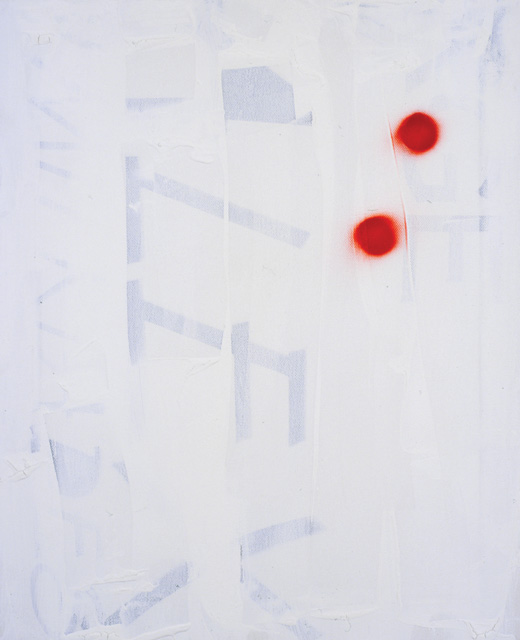


Scott Redford addresses important issues relating to personal and cultural identity in contemporary Australian art. As a resident of Brisbane, Redford actively deals with the regional character of Australian art. He also makes sculptures and paintings that refer in both style and content to the history of American modernism. Therefore, Redford is a self-identified 'regional postmodernist'. Redford's work often refers to HIV-AIDS and gay male desire and politics. With all of these elements in a single œuvre, critics have a lot to say about him.
Critics who assume that contemporary art is a metropolitan phenomenon are surprised and delighted that such conceptually rigorous and playful art should come from an area more famous for tourism and resort development. Others find him interesting because regionality is central to the discussion of Australian art history. In the second half of the twentieth-century, the USA was the centre of high modernism. This left Australian artists and critics grappling with what it meant to practise art in a country on the margins, receiving and adapting ideas from another culture. Growing up and living on the coast of Queensland makes Redford a regional artist within a regional country.
Redford has made being an artist from Brisbane an advantage. He has embraced and emphasised his marginalism, while engaging with the same ideas, issues and styles as contemporary artists in Melbourne and Sydney. Redford has been heavily influenced by a famous analysis of vernacular architecture, Learning from Las Vegas,1 which encouraged appreciation of commercial and resort environments. Following this lead, Redford has taken what would have been a disadvantage and made it his trump card.
Redford uses modernist styles such as Minimalism and Abstract Expressionism, and classic modernist techniques such as collage and silk screen. He doesn't use irony or parody, nor does he conspicuously quote these styles to create a level of removal and self-consciousness, as many post-modern artists have. He has been said to use these styles as an active participator in the particular issues they raise.2 He also clearly relishes the 'luxury of meaning' that he can achieve this way.3
As an artist dealing with Queer issues, Redford's use of the styles and motifs of international modernism also lends his work a visual and intellectual austerity that is rare in Queer Australian art. Above the elbow on the guy's arm at the Wickham (1997) tells a private but common story in a cool modernist style. The Wickham is a popular gay hotel in Brisbane. This work refers to a man seen at the bar with Kaposi's Sarcoma lesions (associated with HIV-AIDS) on his arm. By representing the lesions as spray-painted red enamel dots, Redford has translated them into an abstract visual representation that references both Abstract Expressionism and Pop Art (Roy Lichtenstein's Ben Day dots).
There is a memorial quality to works like Above the elbow on the guy's arm at the Wickham and My River Phoenix (1995). The latter work is made from synthetic polymer paint mixed with Prozac, amphetamines and soluble Aspirin. Heartthrob actor River Phoenix died of a drug overdose in a Los Angeles nightclub in 1993. Like others in Redford's œuvre, the painting focuses on a beautiful famous young man, often of ambiguous sexuality, leading a life laced with risk and pleasure. Such works are an expression of the desire of the gay man and the fan: Redford wants to have these guys but to also be them. They also reflect the great emphasis placed on youth and beauty in mainstream gay male culture.
Redford represents youth, beauty and immortality in gay culture as equally as he represents its fear, illness and death. Phrases such as 'forever', 'spilt milk' and 'AIDS is not transparent' invoke an irreversible loss, which contrasts with his playful treatment of Queer icons and popular culture.
An artist's marginality in contemporary Australian art (whether it be geographical, sexual, social or racial) can be a disadvantage or a great opportunity. It is one of the central preoccupations of our time. An artist such as Redford, who can create provocative, political, visually engaging and historically self-conscious works of art, successfully bridges the margin and the centre.
- Lara Travis
Scott Redford is represented in Australia by Gould Galleries, Melbourne.